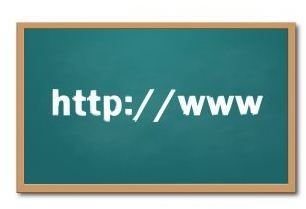The History of Correspondence Colleges: An Overview
Introduction
The advent of the Internet has created access to just about anything a reality, whereas before it had only been a possibility. People can now talk with family and friends from around the world, businesses can be connected to other businesses, and the sharing of information has grown by leaps and bounds.
One of the main benefactors of the Internet is correspondence courses. Distance learning has thrived for years, but with the Internet in place, it too has grown spawning a new term, e-learning. Both of these monikers imply the act of learning without being in a traditional classroom. Materials are sent to students in different cities, different states, and even different countries, either through physical mail or email. Video tapes, DVDs, CDs, books, and other things come from the respective college or university straight into the hands of a student who may only have time on the weekends to take classes.
You may think that the Internet brought about this new style of education but in reality, the history of correspondence colleges extends further than we think.
The History of Correspondence Colleges
The concept of distance learning started as far back as the early 1700s, when teachers would put in advertisements in their local papers looking for students to whom they could teach the lessons and new technologies of the day to. These first ideas of distance learning would require either the teacher to see the student or vice versa, until the first major colleges and universities appeared.
The first school to offer correspondence courses was the University of London in 1858, and was soon followed by other schools in England and the United States. Beginning in the 1930’s, Professor Charles Wedemeyer of the University of Wisconsin-Madison would use the radio stations and systems at school in order to broadcast English lessons, creating the first type of correspondence-education system for soldiers deployed overseas during World War II.
When Wedemeyer became the director of the correspondence program, he and his students conducted a number of studies to evaluate students taking distance courses. He predicted that students would probably no longer take classes inside a classroom, but that the classroom would no doubt go to them. Wedemeyer is often credited as the father of the modern correspondence and distance education for his work.
Distance learning saw a boom from the beginning with the invention of the postal service, only to grow as radio, television, DVDs, computers, and the Internet became popular.
How to Get Started
Now that you know a little about the history of correspondence colleges, you may be wondering how a person gets a degree with correspondence courses. There are many avenues in which a person can take a correspondence course, either through mail, media, or the online world.
Considering taking a course via correspondence is just like trying to decide which college and major you are interested in. It is important that the college or university you are considering has correspondence or online courses of study. Some colleges only offer a few classes, where others may actually have online campuses and classrooms. Also, make sure that these online courses are accredited through an education registry.
Even though courses are done via correspondence, they are still considered as part of the education system and should be treated as such. Just like a traditional brick and mortar school, failing to do assignments or attending lectures count against you and your education. While correspondence courses allow you to work part or full time while getting an education, you still need to put in the time required to do the work for the course.
Image content @ Stock Exchange
Historical information @ Charles Wedemeyer; Digital School
